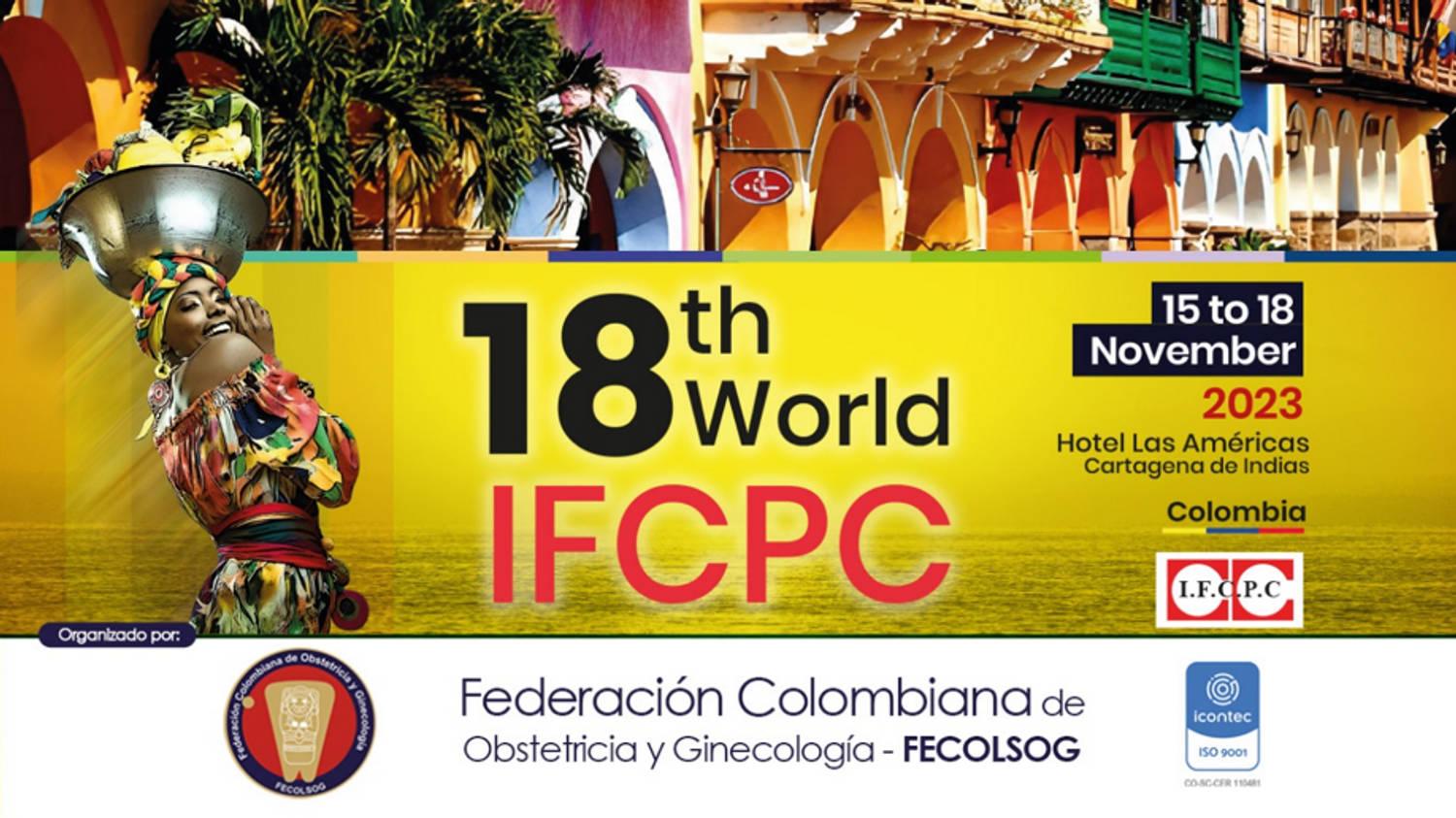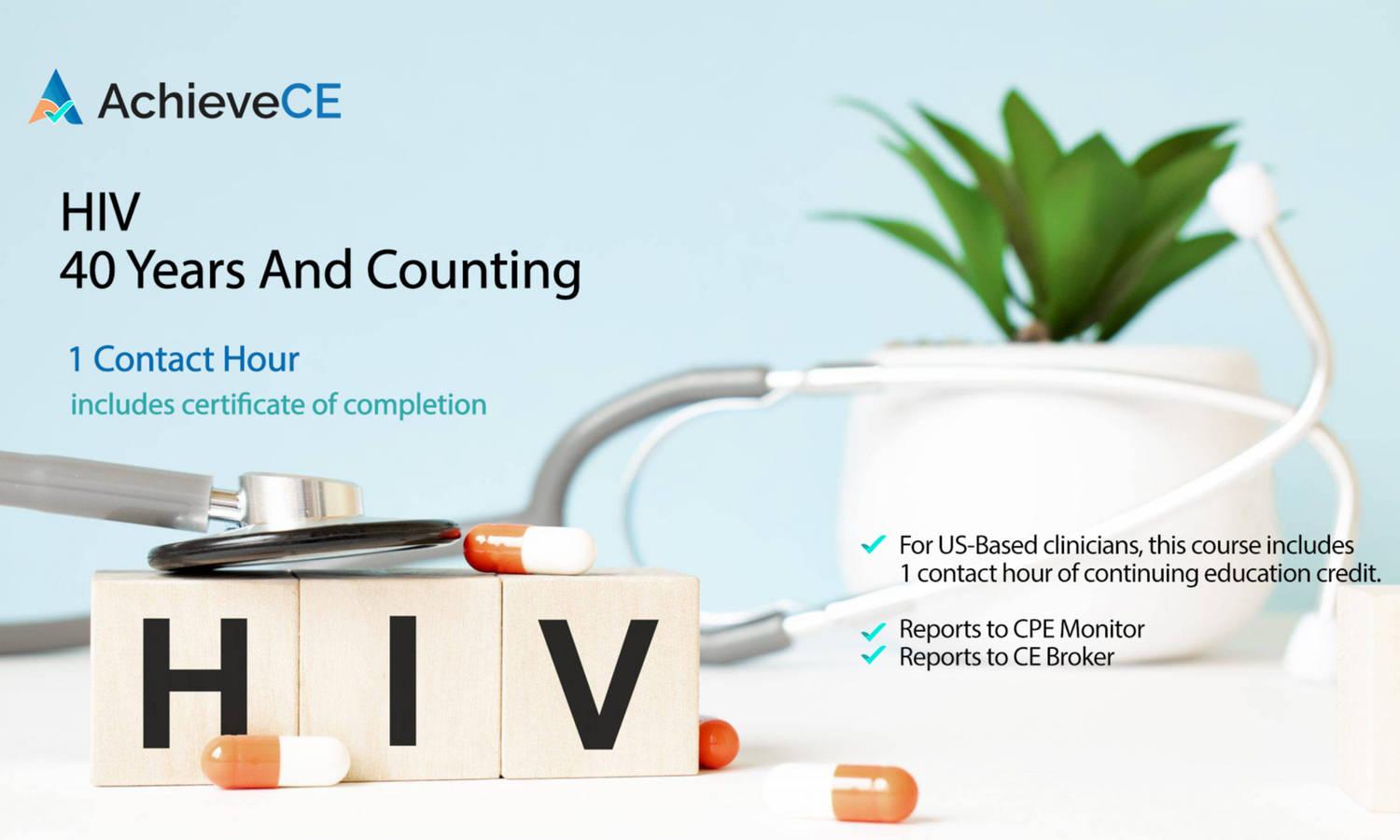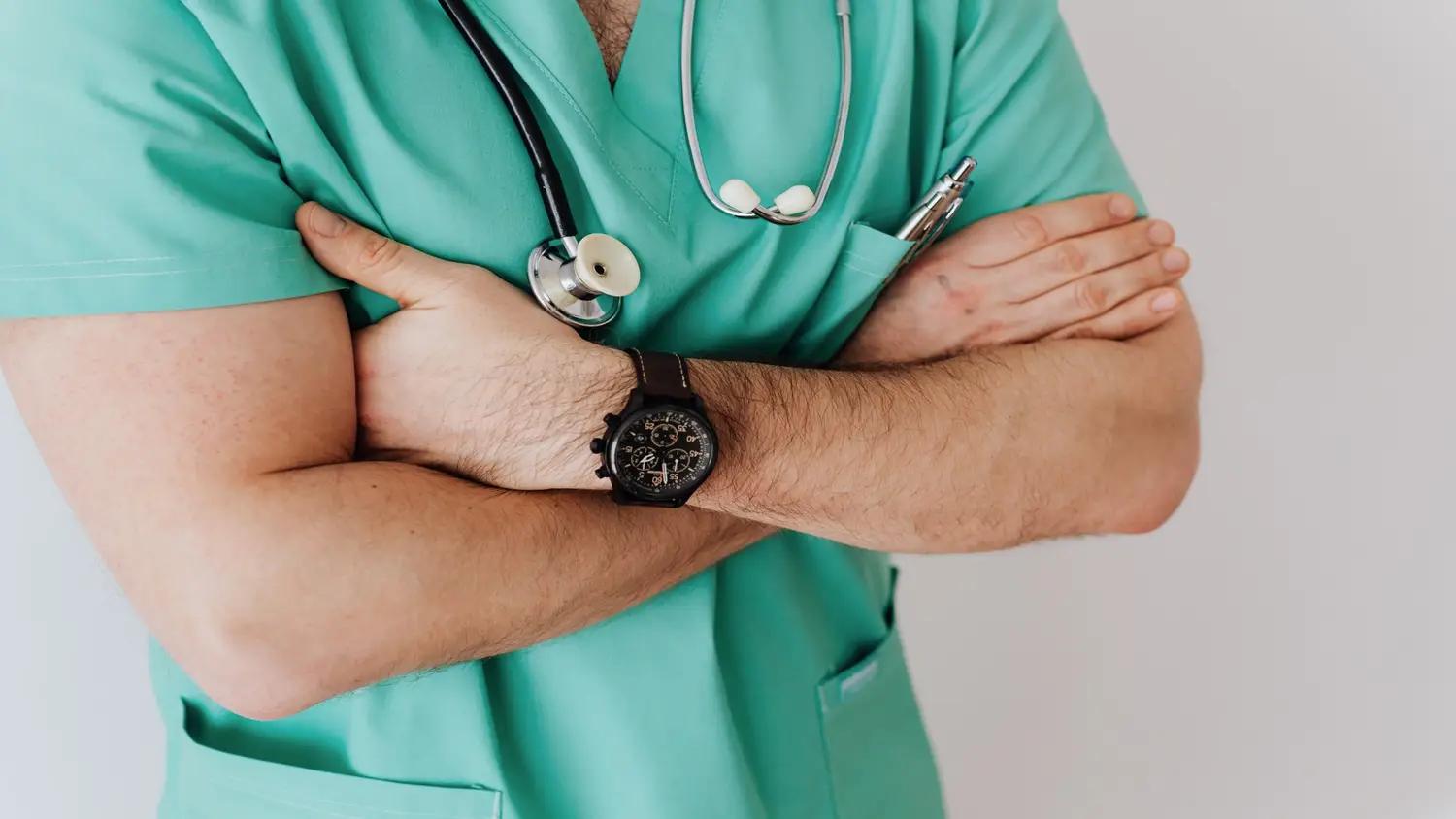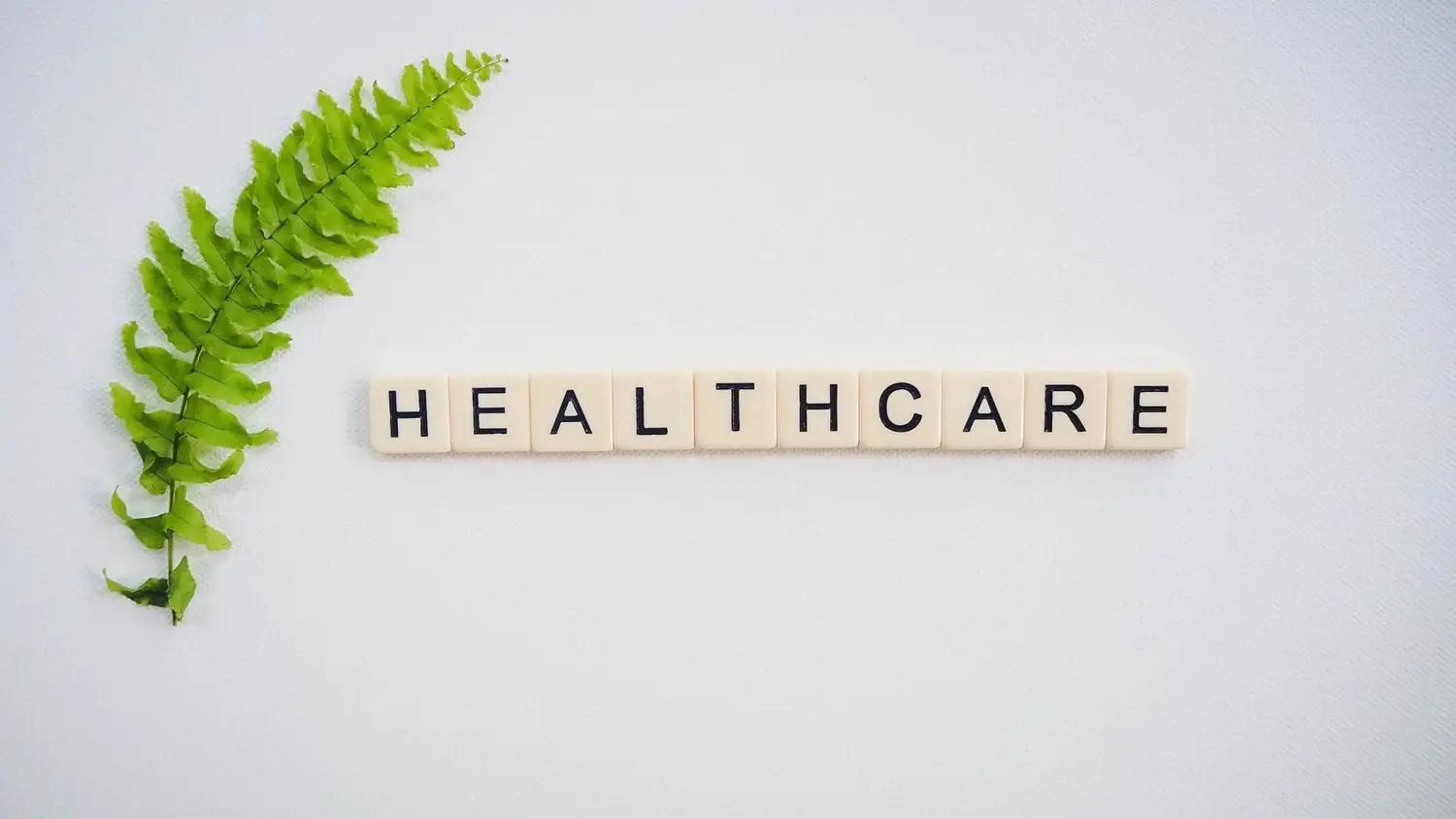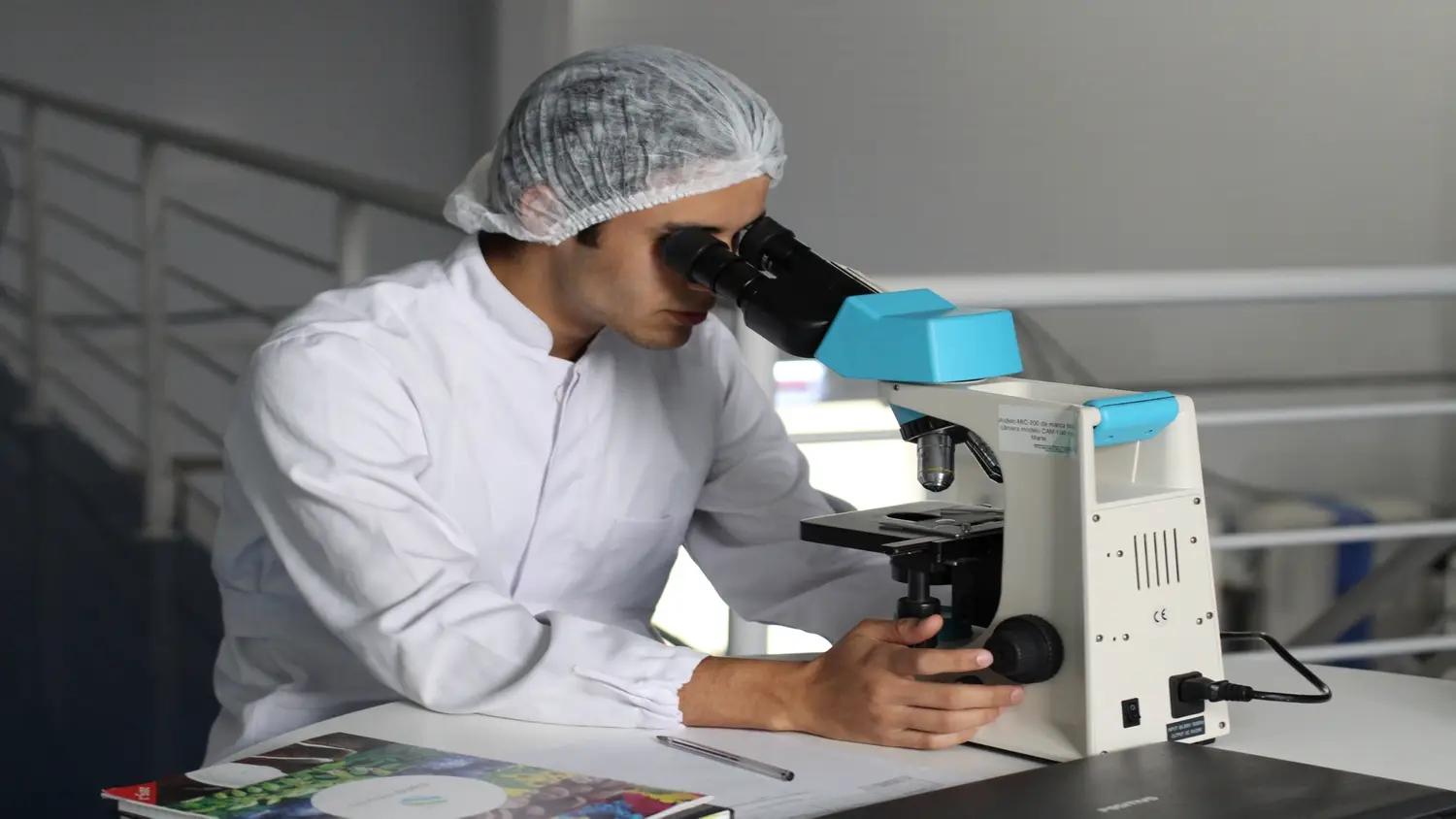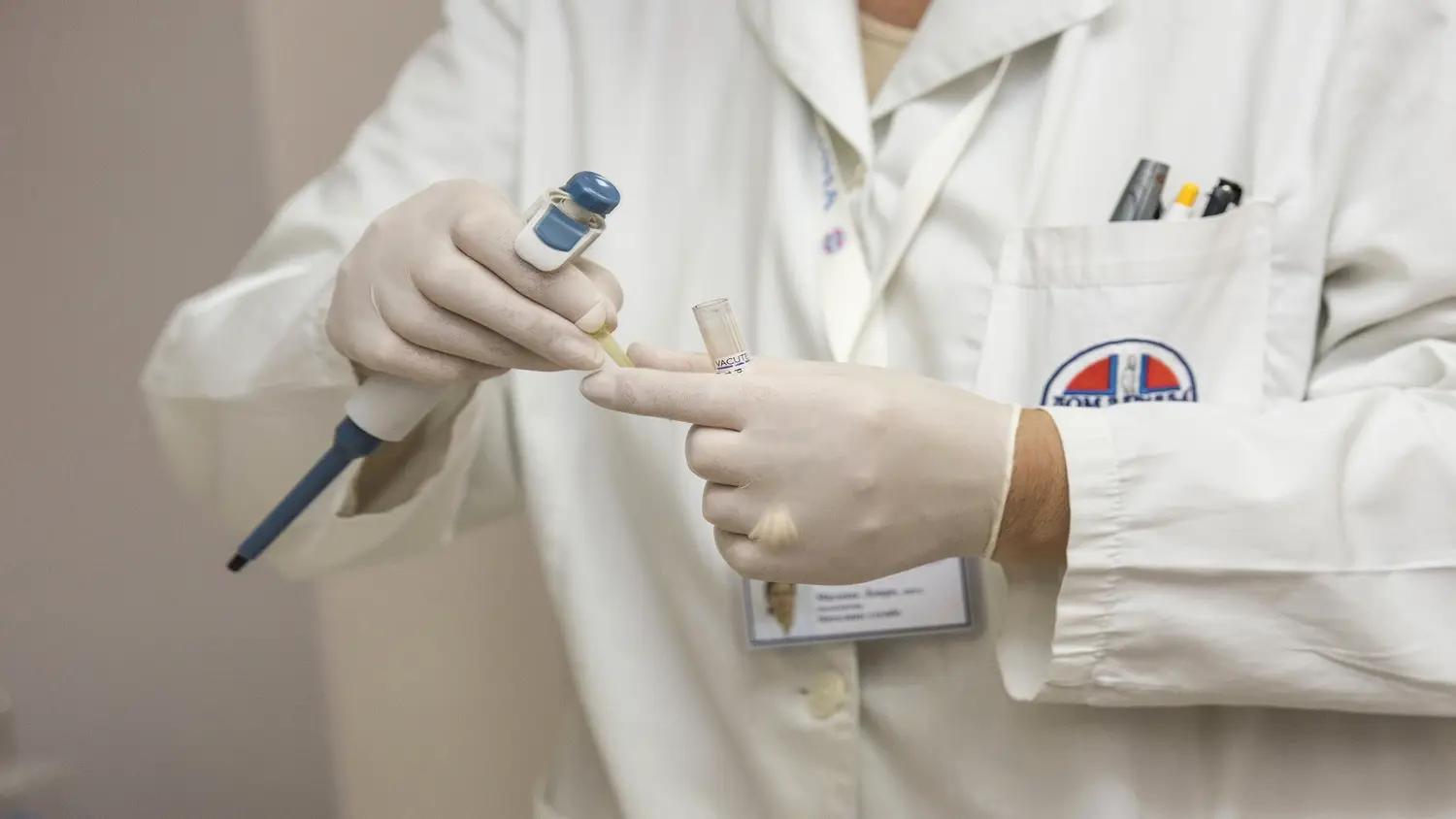
Advanced Infection Control
 hosted byHomestead Schools, Inc.
hosted byHomestead Schools, Inc.Advanced Infection Control is organized by Homestead Schools, Inc.
Learning Objectives:
After completing the course, you'll be able to:
• Define universal precautions and emphasize their application in dental practice.
• Explain the importance of hepatitis B vaccination for all DHCWs who have direct or indirect contact with patient's blood and/or saliva. Describe handwashing and hand care techniques for DHCWs.
• Explain the correct use of personal protective equipment such as gloves, surgical masks, protective eye wear, protective clothing and utility gloves in a dental office.
• Describe proper instrument sterilization techniques.
• Develop an effective environmental surface and equipment asepsis protocol keeping in mind touch surfaces, transfer surfaces and splash/spatter surfaces.
• Describe appropriate waste disposal methods for regulated and unregulated items.
• Outline radiographic asepsis procedures.
• Develop policy and procedures for the treatment of dental patients with active or suspected infection with tuberculosis.
• List the 3 conditions that have to be present in the "chain of infection" in order to cause an infection.
• Describe proper procedures for the use and handling of toothbrushes among patients.
• List the 3 conditions that have to be present in the "chain of infection" in order to cause infection.
• Discuss the epidemiology of bloodborne disease transmission and the potential for HIV, HBV and HCV transmission.
• Discuss barrier precautions to be used to minimize infection.
• Demonstrate the proper use of gloves, eyewear, gowns and other protective equipment.
• Discuss the precautions a dental health care worker should take to prevent injuries caused by needles and other sharp instruments.
• Describe procedures for the processing of contaminated dental instruments from the point of retrieving the instruments from chairside to the presentation of sterile instruments at the point of reuse.
• Outline procedural steps for instrument processing including: transport, cleaning, packaging, sterilization, storage, delivery, and quality assurance program.
• List 4 heat sterilization methods–steam autoclave, dry heat (oven-type), dry heat (rapid heat transfer) and unsaturated chemical vapor–with the advantages and precautions of each method.
• Properly decontaminate critical, semicritical and noncritical items using salient sterilization methods.
• Select appropriate chemical germicides with FDA and EPA classifications to disinfect contaminated environmental surfaces.
• Identify proper sterilization methods for handpieces.
• Follow the proper procedure for the disposal of sharp instruments and infectious waste.
• Follow practice recommendations for health-care facilities implementing the U.S. Public Health Service Guidelines for management of occupational exposures to bloodborne pathogens.
• Define an occupational exposure that may place a worker at risk for HIV or HBV infection.
• Identify factors that may determine the overall risk for occupational transmission of a bloodborne pathogen and quantify the risk of infection following an exposure.
• List the things to do following an exposure to the blood of a patient.
• Quantify the risk of infection for HBV, HCV and HIV after an occupational exposure to the blood of a patient.
• Describe the treatment for the exposure including vaccination and drugs.
• Implement the six recommendations made by the CDC to minimize the risk of HIV or HBV transmission.
• Recognize the importance of making available to all employees the hepatitis B vaccine and vaccination series to all employees who have occupational exposure to bloodborne pathogens.
• List 3 circumstances under which it is not necessary to make available the hepatitis B vaccination series to employees.
• Describe the post-exposure evaluation and follow-up plan that complies with OSHA standards.
• Describe actions strategies to prevent percutaneous injuries in a dental office using administrative, engineering, work practice and personal protective equipment controls.
• Identify essential elements of the confidential medical evaluations and follow-up after an occupational exposure to blood or OPIM.
• Describe the procedures to follow for source individuals involved in an exposure incident who consent to testing and those who do not give consent.
• Describe action strategies to prevent percutaneous injuries in a dental office using administrative, engineering, work practice and personal protective equipment controls.
• Describe and provide a rationale for the use of methods to improve and maintain the quality of water used in dental treatment.
• Explain why low-temperature water heating systems in dental units should not be used.
• Take 4 recommended steps to provide quality water for dental treatment and ensure a safe and healthy environment for patients and staff.
• Define various terms used in infection control in dental unit waterlines.
• Discuss the formation of biofilm in waterlines and the potential for infection in a dental unit.
• Enunciate ADA's goal for bacteria levels in dental treatment water.
• Discuss the risk of contamination from an infected patient to other patients from cross-connections in dental units.
• Explain the possibility of contamination of public water supplies with bloodborne viruses such as HBV and HIV.
• Describe the procedures to be used in a dental office during boil-water advisories.
• Describe the steps that should be taken after the boil-water advisory is canceled.
Course Outline:
• Recommended Infection-Control Practices for Dentistry
• Confirmed Transmission of HBV and HIV and Dentistry
• Vaccines For Dental Health-Care Workers
• Protective Attire and Barrier Techniques
• Handwashing and Care of Hands
• Use and Care of Sharp Instruments and Needle
• Sterilization or Disinfection of Instrument
• Cleaning and Disinfection of Dental Unit and Environmental Surfaces
• Use and Care of Handpieces, Antiteraction Valves, and Other Intraoral Dental
• Devices Attached to Air and Water Lines of Dental Units
• Single-Use Disposable Instruments
• Handling of Biopsy Specimens
• Disposal of Waste Materials
• Bloodborne Disease Transmission
• Universal Precautions for Prevention of Transmission of HIV and Other Bloodborne Infections – Gloving, Gowning, and Other Protective Barriers as Part of Universal Precautions
• Needlestick Precautions
• Disinfection and Sterilization Practices
• Management of Occupational Exposures to Bloodborne Pathogens
• Recommendations for Preventing Transmission of HIV and HBV to Patients During Exposure-Prone Invasive Procedures
• Transmission of HBV During Invasive Procedures
• Hepatitis B Immunization
• Transmission of HIV During Invasive Procedures
• Instrument Processing
• Percutaneous Injury Prevention
• Dental Unit Waterlines
• Statement from CDC Regarding Biofilm and Dental Unit Water Quality

